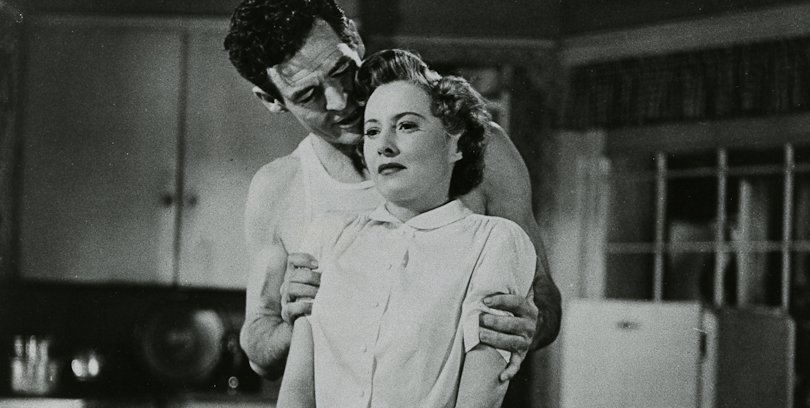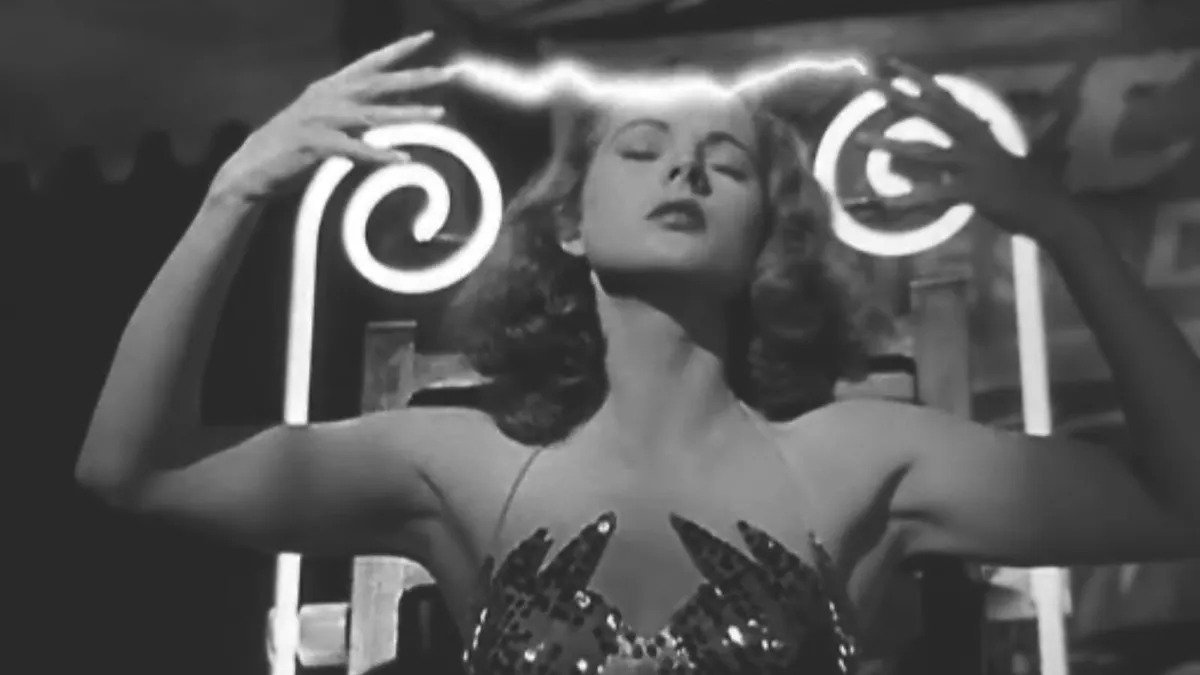Top Ten Film Noirs ... That Aren't About Crime — Part 1
Defining Film Noir is a slippery job. It is broadly agreed the prototypical examples of the genre are films from the '40s and '50s featuring hard shadows and harder heroes in morally ambiguous tales. There's usually a crime. There's often a femme (or homme) fatale. Depending on the era, you'll find a wardrobe trailer full of fetish objects -- fedoras, trenchcoats, guns, statues of black birds. And there will be smoking. Endless smoking.
There are plenty of Top Film Noir lists arguing whether The Big Sleep or Double Indemnity or Out of the Past ranks as the greatest noir of all time, and I won't rehash that here. (For my money, it's The Third Man). Instead, to celebreate "Noirvember," I'm presenting a list of Top Ten Film Noirs ... That Aren't About Crime.
You can reasonably argue that if it isn't about crime or criminals, then it isn't a noir. And I'm sympathetic to that arguement. But go with me on this. Drop crime as a noir pre-requisite and instead define the genre as being about morally-compromised heroes doing dirty to one another in films with chiaroscuro cinematography, with a poisonous love interest lurking in the wings. There's plenty of fatalism and wickedness to go around even if the bodies never hit the floor.
The films on my list still involve crime -- it's hard to avoid in this genre -- but they're not primarily about robberies or murder or criminal activity. They're also my own, personal, idiosyncratic favorites, so of course my rankings aren’t definitive. But these are all great films and well worth watching. Did I miss your favorite? Let me know in the comments.
This list will be in two parts. Films 10 to 6 follow below, while my top five will be published next week.
10 — The Set-Up (1949)
Is there a more bulletproof film genre than the boxing picture? Look at everything you get for free -- underdogs, corruption, desperation, and physical confrontation that encapsulates the struggle between good and evil. All of those elements are on display here, where Robert Ryan plays a washed-up boxer too stubborn to quit and take the fall. The long behind-the-scenes act in the boxers' shared dressing room is a treat.
9 — Clash By Night (1952)
Robert Ryan returns as 6'4" of bad news that bad-girl-gone-good Barbara Stanwyck cannot resist. Paul Douglas is the sad sack husband who is the last to learn the inevitable news. Based on a play by Clifford Odets, and we will see him again next week for my #1 pick.
8 — Nightmare Alley (1947)
End-to-end it doesn't always work, but this nasty carnival morality play has some unforgettable scenes and it is a rare noir that enjoys such a lavish budget. One of those gems where a big star -- in this case, Tyrone Power -- threw his weight around to play against type, yielding a picture that wasn't a success in its day, but finds its audience long after the players have left the stage. Power's descent in the third act is abrupt but not hard to see coming. A bleak film where everyone is either a user or a mark.
7 — Gilda (1946)
Romantic obsession figures heavily in noir, and it comes to center stage when overt crime is scratched from our list. If you only hurt the one you love, then Rita Hayworth (in her immortal role) and Glenn Ford must really love each other, missing no opportunity to do each other dirty in this don't-call-it-a-love-triangle anchored by a coded gay romance.
6 — Sorry Wrong Number (1948)
Barbara Stanwyck is short-changed by Double Indemnity's ineligibility for this list, but she still makes a second appearance, this time as the high-maintenance hypochondriac wife of a man who may or may not be trying to kill her. There's nothing like a paranoid Stanwyck crying into a telephone, voice quavering, wearing some fantastic nightgown and getting "you're just overwrought, dear," from the incredulous voice on the other end. Delicious melodrama right to the shocking end.
Join me next week for my Top Five!





